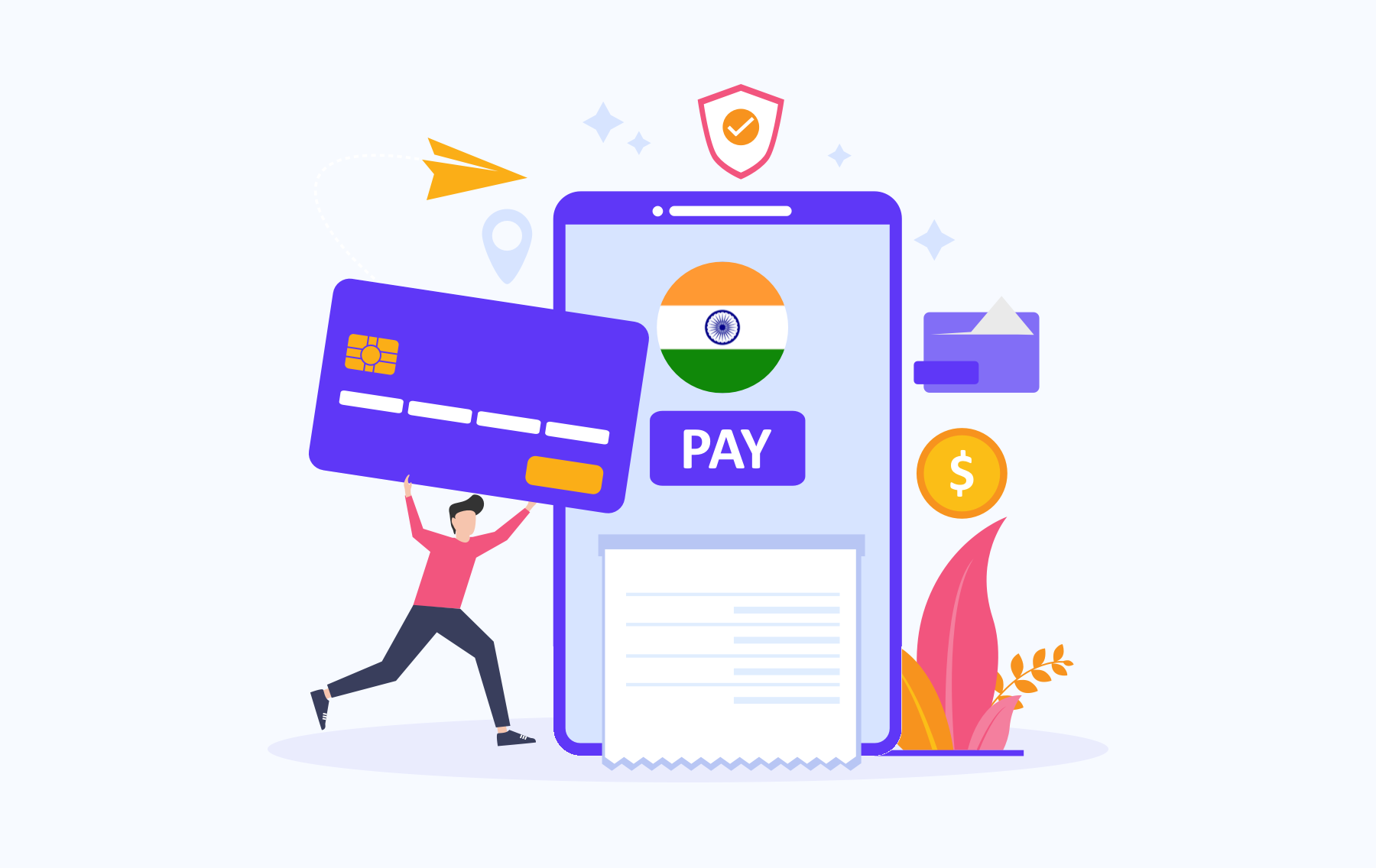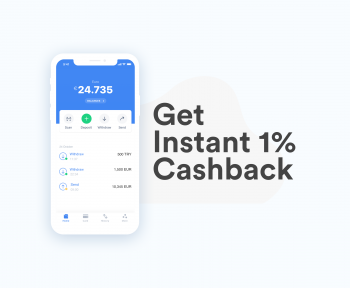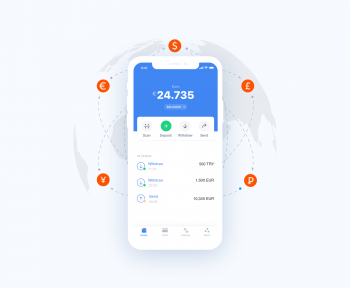When you sort countries by population most people would not go wrong with their predictions topping the list. However, considerably less would be able to guess the second most populated country of the world which looks like to be taking over at current yearly rate of change. Indeed, India, coming right after China with its population of 1.38 billion people, was only 50 million short of overtaking them according to 2020 stats. And at the current rate of yearly positive change, it will not be long before the number will soar beyond anybody else on the list.
India commands an ecommerce volume surpassing $ 36.5 billion already and such a market requires all kinds of toolkits for payments being made for the reach to keep its surface area and pace. Starting early in 2020, the pandemic caused by COVID-19 inflicted a huge impact in almost all areas of our lives, and ecommerce easily found itself high up the ranks. Still, even before that forcibly accelerated shift from offline to online commerce, Indian people’s more comfortable disposable budgets and smartphones making even deeper penetration into everyday lives has already been enabling ecommerce go from strength to strength. The penetration of the internet into the population is 50% and take a moment to divide India’s population by two to marvel at the opportunity that stands there, looking to grow every other day by thousands.
What are the Online Payment Methods in India?
Accepting the fact that businesses need to adopt local payment methods in India to take a foothold in this ocean of masses is a prerequisite of diffusing into the market and we will try to give a few examples from the list of online payment methods in India for such entrepreneurships.
First topic to mention is undeniably India’s Unified Payments Interface, UPI for short, which is a state-funded project across over 140 banks and almost all e-wallets in India providing a safe and sound passage of money via quick trails. It provided the baseline for eWallets to follow like Google Pay and WhatsApp paying underlining how establishing a simplified web as a form of payment could be embraced by consumers like it was there all along. UPI 2.0 recorded an astonishing growth of more than 1000% in 2 years. You have read it right, that’s 11-fold of what it was at ground zero. If it means highest adoption and coverage in a country, look no further for the “best payment method in India”.
What is the Best Digital Payment Method in India?
Digital payment methods in India might soon be summarized well enough by mentioning eWallets only – figures in 2021 are expected to record a growth rate that almost doubled compared to the previous year. Indian people trust Paytm as the go-to ewallet method more than others in the market, such as Google Pay, Amazon Pay, Phone Pe and Airtel Money. This is not to say that the remaining options amount to 80% of the market combined.
Then again, despite the fact that it has been a more conventional method over the years somehow failing to penetrate the Indian market sufficiently enough, credit and debit cards allowed customers to pay for their purchases that makes up almost one third of the actual value of sales as a total.
In addition to UPI, bank transfers are still among the long-standing cashless payment methods in India, from Netbanking to the IMPS instant transfer network of IMPS or to NEFT and RTGS. To steer clear of one of the caveats of online purchases, people still trust cash-on-delivery as yet another local payment method in the country – folks who would like WYSIWYG in return of their hard-earned money, help cash payments stand strong against online payment methods in India.



